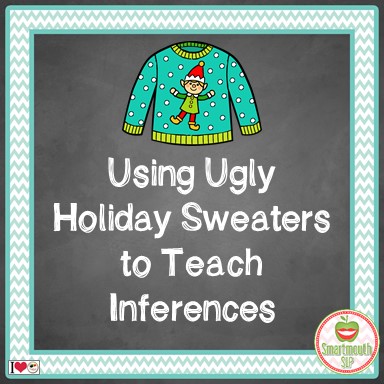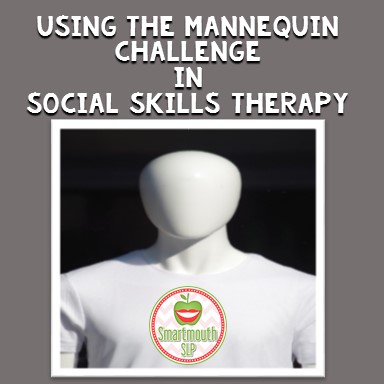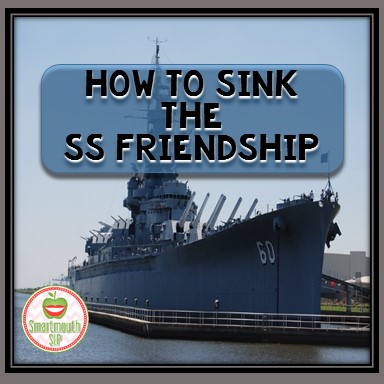
I love to read. My perfect day would be spending it in a library filled to the 3rd floor with real books, comfy reading nooks, unlimited coffee, tea, and hot cocoa, and with a librarian that looks like George Clooney…ahhh. So it is no surprise that I use books often in speech therapy, particularly social language therapy with my kids. There are many options for younger students, such as picture books ,Cynthia Rylant’s Henry and Mudge series, or any of Peter Brown’s books (You Will Be My Friend is one of my favorites) that align beautifully with social language concepts! I have a Pinterest board for stories HERE that you are welcome to peruse.
The social language concepts of prediction, inferencing, point of view and emotions are embedded in stories. What does this look like? Let’s start with the covers. Having our students make what Michelle Garcia Winner refers to as a “smart guess” based on a title or picture, is the first step. Helping our kids look for clues in pictures or words, “think with their eyes”, and then making a leap to guess what the story might be about is hard work for those with social language impairments. Don’t gloss over this step, remember our students are not incidental learners!
The next step is to read through the story together, stopping to make a guess about what might happen next. Prediction and listening comprehension go hand in hand. If there is novel vocabulary, pause the story and talk about what they think those words might mean (hello context clues!). You might ask your older students keep a personal dictionary, like this freebie from Natalie Snyders, as we read to help them in discussions along the way. Your younger students can use a composition notebook to journal pictures of story vocabulary if they are not yet strong writers.
I laminate a large heart, thought bubble and word bubble to use with our story too. We use these templates to talk about what a character might be thinking, feeling or saying in the story. With my older elementary students, you can compare and contrast character’s emotions and expand the conversation into point of view. Venn Diagrams are great for this! We talk about identifying the problem and possible solutions in the story (there might be more than one), and can extend this skill to explaining which one would be the best solution.These skills are embedded in the Common Core curriculum from K on up, by the way (take a look at the ELA standards for literacy).
With my younger students, we draw pictures to sequence and re-tell the story. They love to act out the stories and what a great opportunity this is for learning to work in a group, negotiating, sharing personal space and turn taking! We also brainstorm after we read the story, and talk about what expected or unexpected situations occurred. Did the characters act in predictable or unpredictable ways in response to these situations? This provides an opportunity to talk about expected/unexpected behaviors and help our students connect their personal experiences to the characters.
This is not a one time lesson. I use stories over several sessions, and can extend the social language concepts over a month of speech. These are great lessons to use during push in groups or whole class lessons as well. Pre-teaching these skills before you take them into a whole class will give your students the vocabulary and practice to participate in whole group instruction more successfully too. I created a packet of ten templates that you can use with any story to work on these concepts HERE in my TPT store.
What stories or author’s do you love to use in therapy? Share here!










